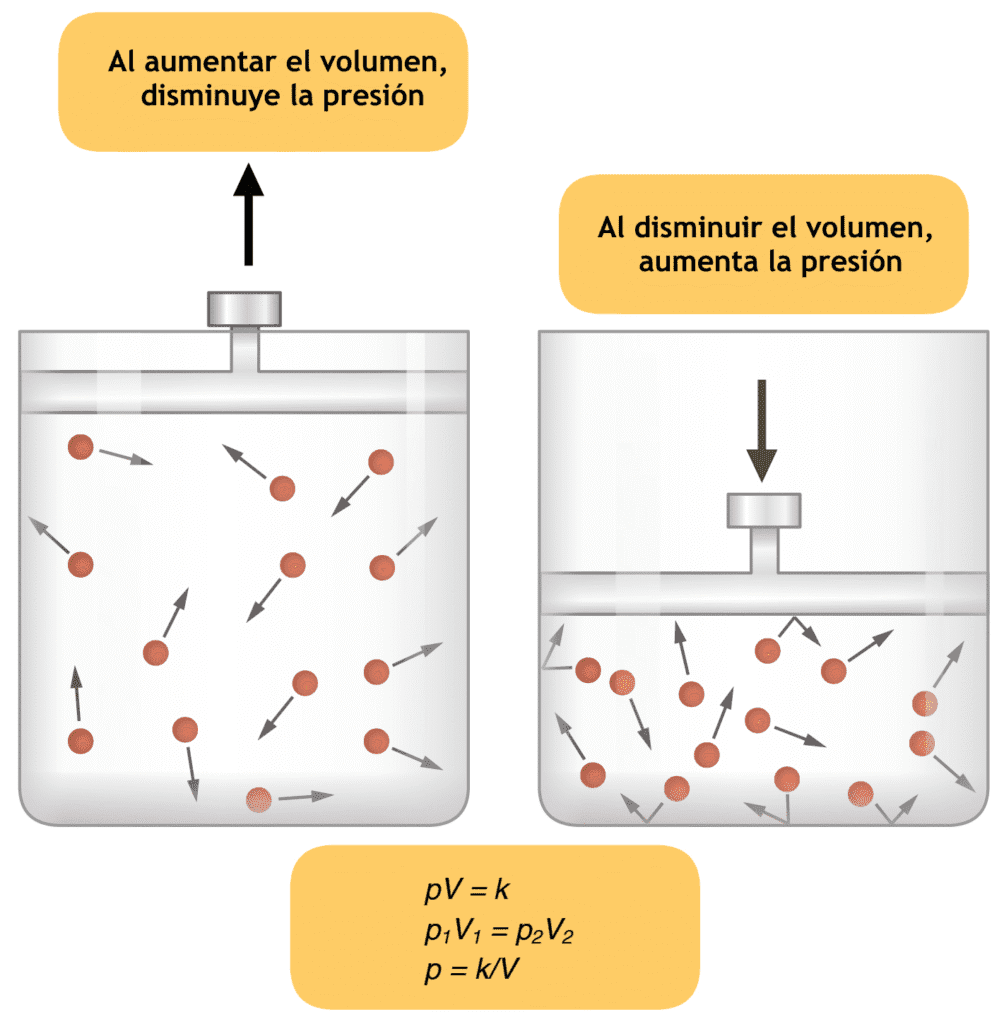Halothane Anesthesia is an alkane, halogenated hydrocarbon introduced in 1256. (M Johnston, UK).
Physical Properties: Halothane Anesthesia is colorless, sweet smelling, nonirritating, bp 50 degrees C, VP 243 mm Hg, blood/gas 2.5, oil/gas 224, metabolism 20—40%, MAC in 02 ofQ7 /o and 0.29% with N20.
It is relat Istable, decopcs on exposure tq.ajr, hence stored in dark bottles with 0.01% (w/w) thymol as preservative.
Halothane Anesthesia is non-inflammable, non- explosive in oxygen, it does not react with soda-lime but is soluble in rubber and plastics of anaesthesia circuits. This may pose a problem in patients with halothane sensitivity and malignant hyperthermia risk.
The standard text book of Anesthesia, Miller’s says the following about Halothane Anesthesia –
Commercial halothane is a racemic mixture of (R)- and (S)-enantiomers . As discussed previously, metabolic studies have shown that racemic halothane undergoes oxidative metabolism catalyzed by CYP2E1 to TFA-Cl, which covalently binds to several hepatic proteins that are believed to be involved in the immune response leading to halothane hepatotoxicity.
To investigate whether CYP2E1 catalyzes the metabolism of halothane in a stereoselective fashion, the enantiomers of halothane were prepared and tested in vivo for their ability to form covalently bound TFA-protein adducts in the liver of mice.
It was found that halothane does undergo stereoselective metabolism, with the (R)-isomer producing significantly greater amounts of TFA-protein adducts in liver than the (S)-isomer does.
Because the anesthetic potency of the isomers appears to be equal, these findings suggest that the (S)-isomer of halothane might be a safer inhaled anesthetic agent than the (R)-isomer or the racemic mixture.
This idea is supported by the observation that the hepatotoxicity caused by halothane, enflurane, isoflurane, and desflurane is related to their relative degree of oxidative metabolism in vivo to reactive acyl halide metabolites

